What are the Differences between Reels and TikToks?
In 2022 everything is about following the trends and adapting your social media strategy to them. Of course, TikTok and Instagram had to be part of all the fuss, with Reels and TikToks being leaders of video content.
So, let’s talk about your social media strategy. Videos are all in and the algorithms know it! If you’re not already using videos, it’s time to vamp up your media strategy this year! Videos have become over 50% of what users spend their time on social. Don’t miss out on your brand engagement!
Reels and TikToks are competing directly against each other, as they are becoming the two of the most significant contributors of engagement growth on social media. Millions of users are interacting with video clips daily.
But how do we decide which social media to use? Are Reels and TikToks the same? Can’t we copy and replicate the content in both networks? Yes and no!
Learn more about the difference between Reels and Tik Toks and start implementing them into your media strategy this year!
Here we tell you the main differences between the two:
Time-length
Reels can only be up to 60 seconds long, this limiting the creators to maintain the short length of the videos. For longer videos, Instagram and Facebook have other options such as uploading videos that appear on the feed, what was IGTV before now is only a video section.
In comparison, TikTok allows its users to upload videos that are up to 10 minutes long, allowing them both options to create short-length and longer videos.
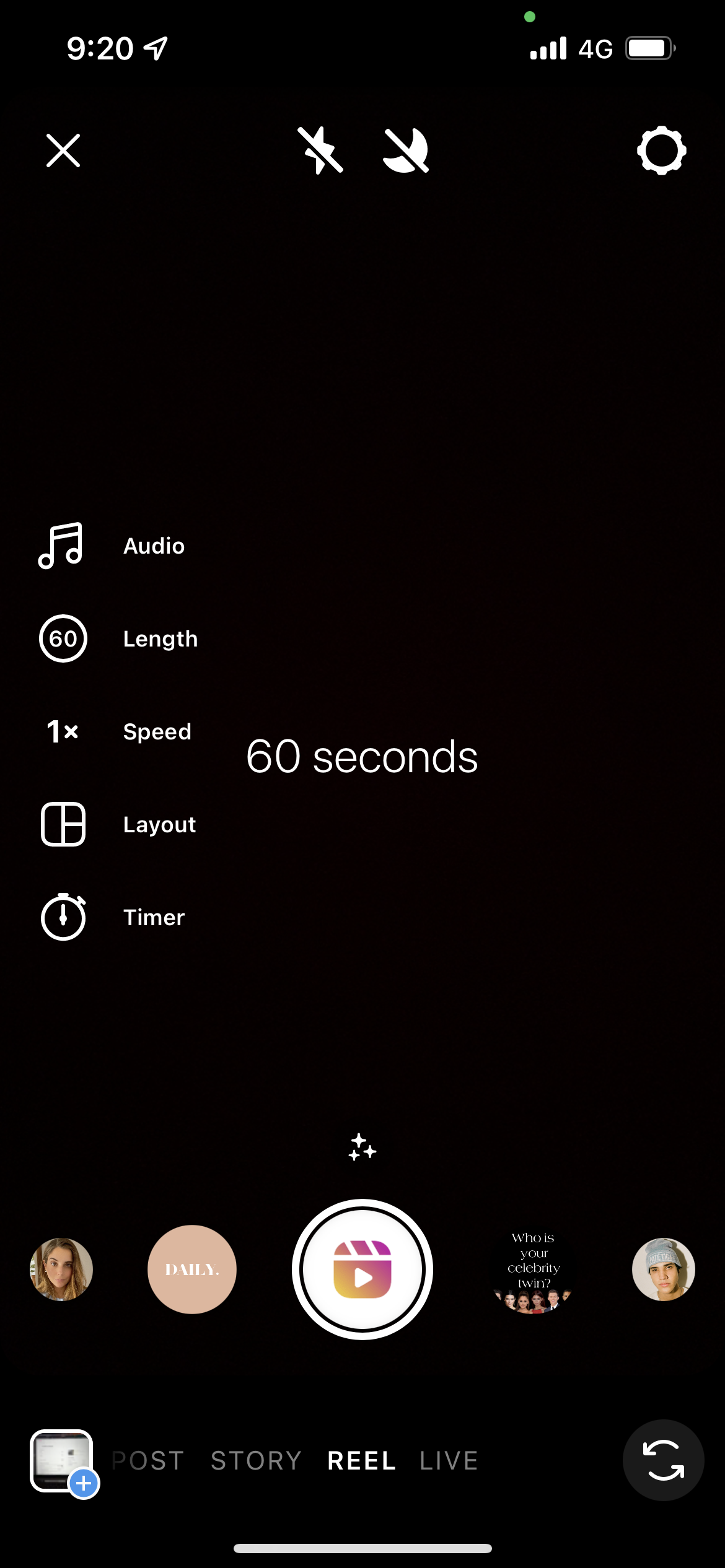
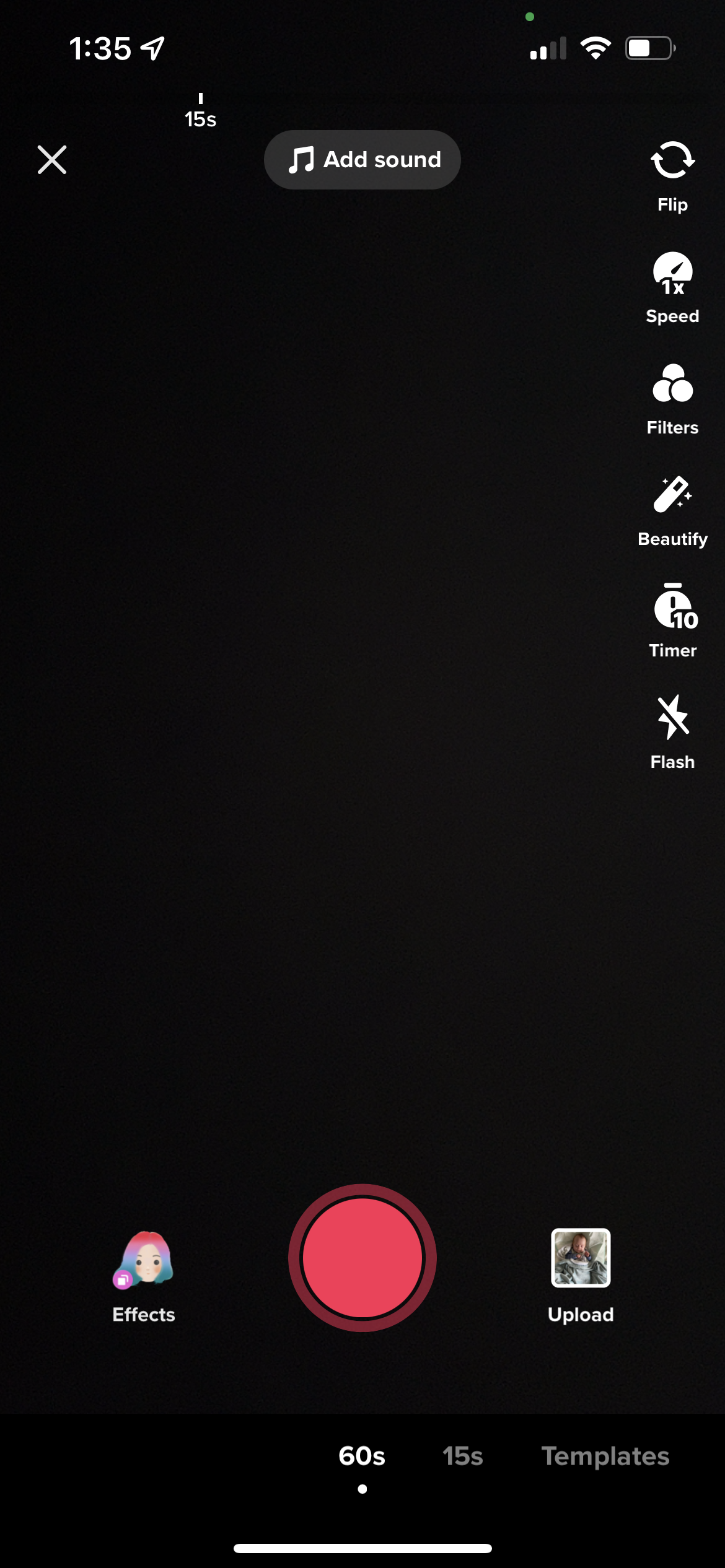
Auto-Captions
They are necessary to make video-sharing more accessible to those who are deaf or hard of hearing. Auto-Captions can also come in handy when you want to watch the videos without the sound on, like when you are on your daily commute and don’t want to bother people surrounding you. The difference in how they are shown is that on Reels they appear only once you insert the ‘Captions’ sticker. When in comparison to TikTok, creators can enable or disable auto-captions on their videos with a single tap, or edit the text of the captions if needed.
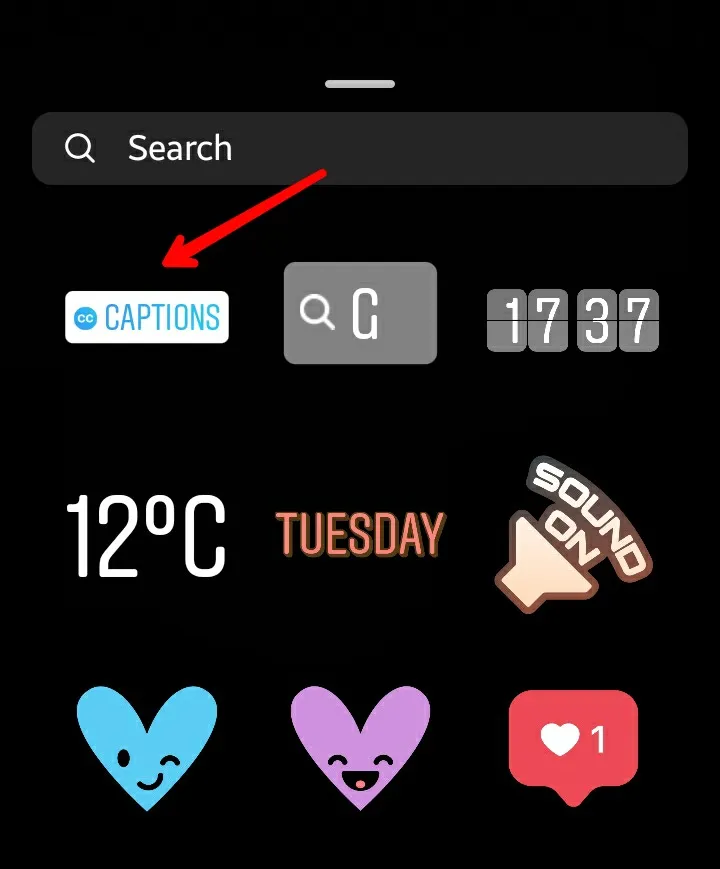
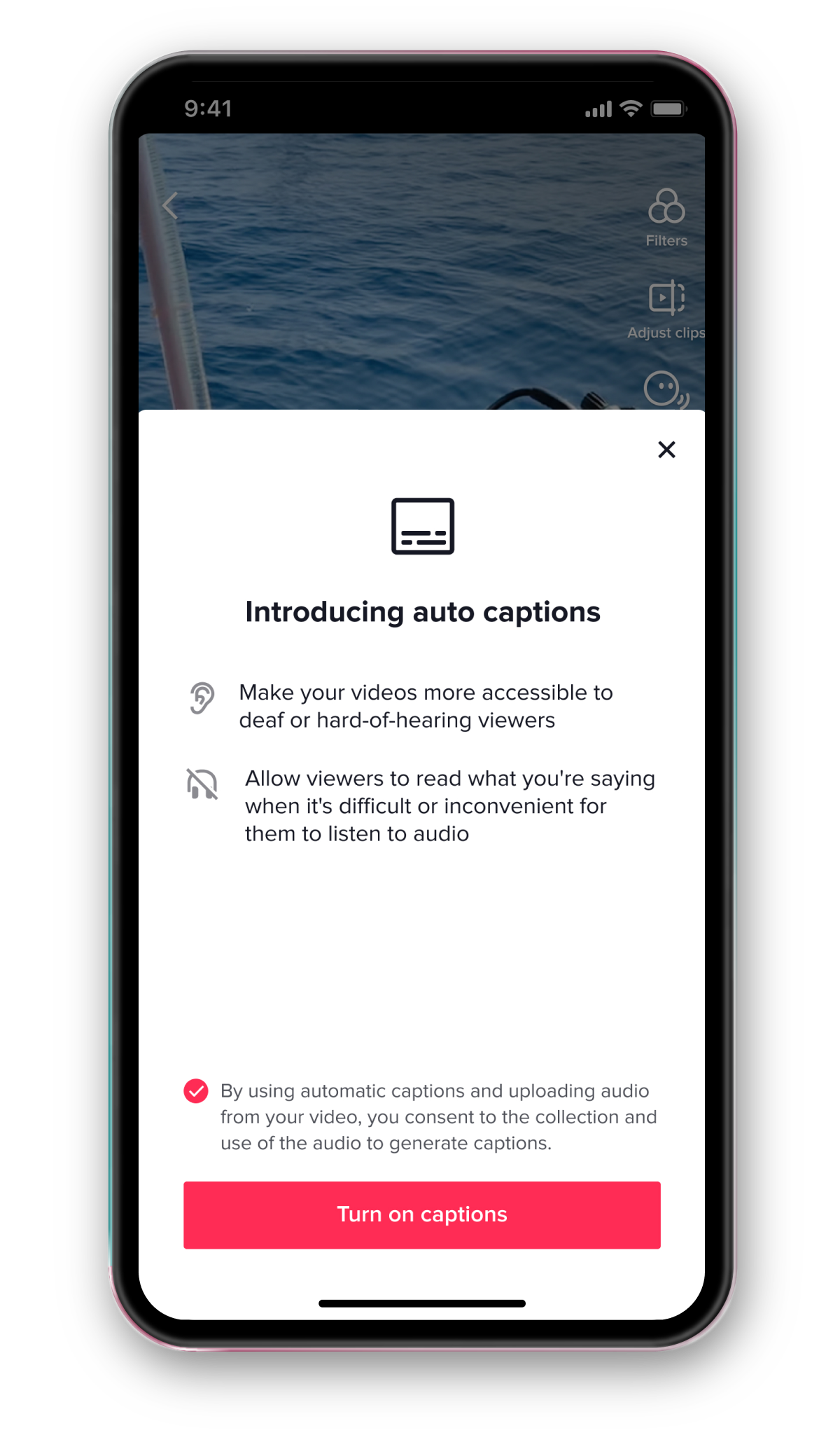
Location
Reels appear in the Feed and Explore section of Instagram. And now there is also a new Reels section on Facebook where you could upload Reels just as if you did Stories. On TikTok, these kinds of videos appear from the moment you log in and they are geared towards your interests.
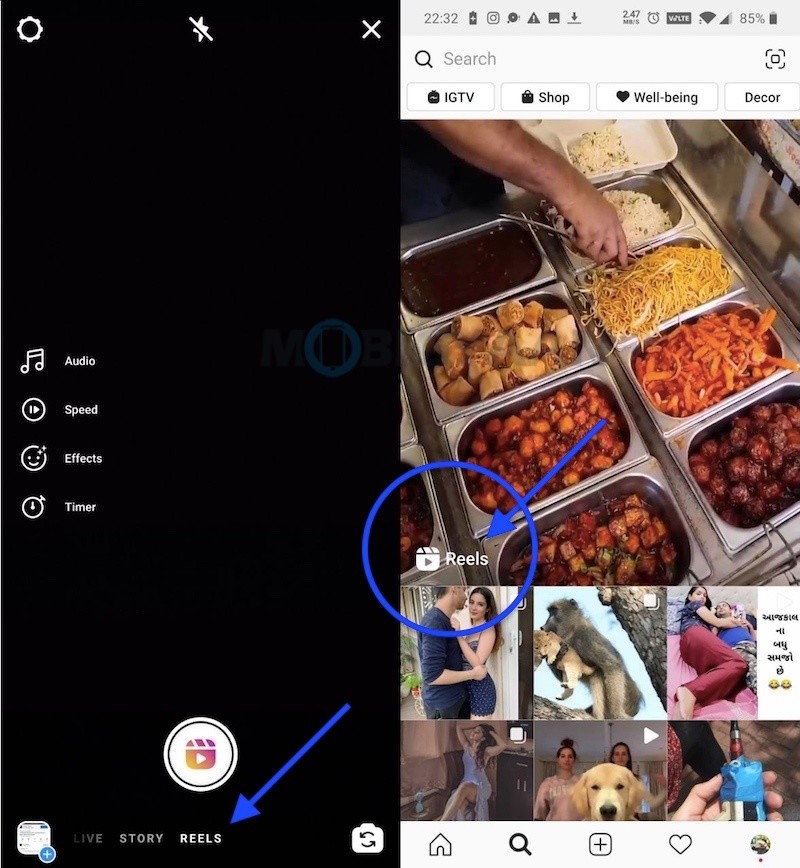

Monetization
On Reels, users can use brand-sponsored ads that enable them to attach content to their clips. There are two formats on how to do this, the first is banner ads that appear as a semi-transparent overlay at the bottom of a Reel, and the second is sticker ads, a static image ad that can be placed by a creator anywhere within their reel. Also, Instagram is now testing a Reels Creator Bonuses system. The program would enable users to “earn bonuses from Instagram” when they share new Reels content. Once they reach a certain threshold, creators could claim ‘earnings’ from the program.

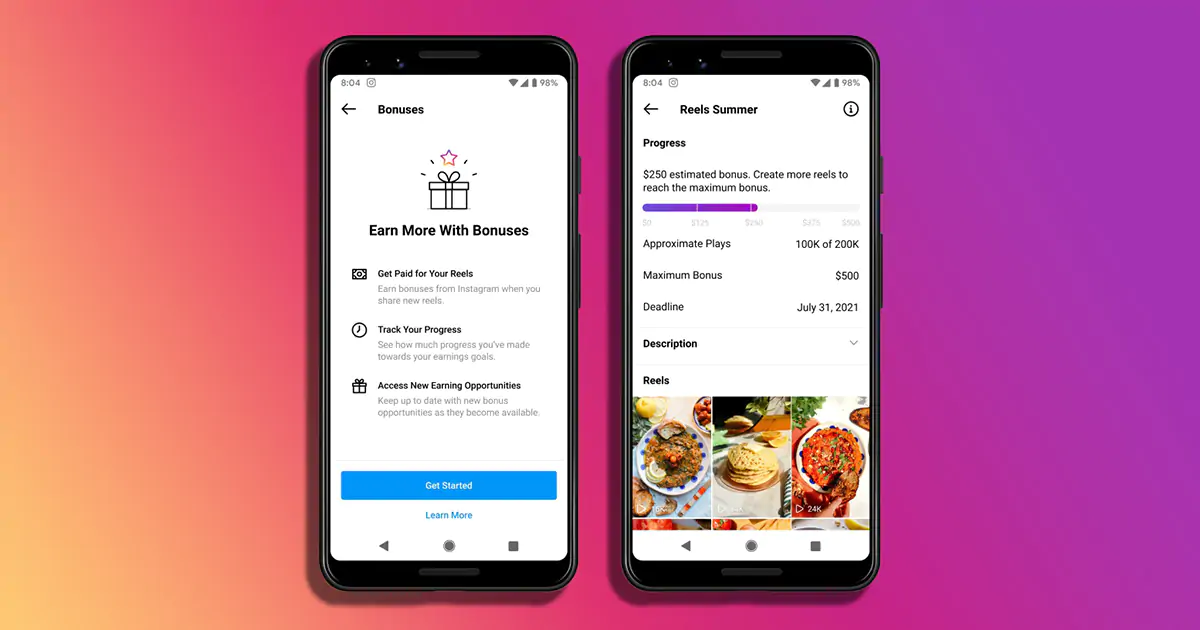
But TikTok isn’t staying behind. They are looking into building up their eCommerce listings on the platform, meaning that users will be able to shop on live stream within the app and creators monetize from it. They have similar brand/creator partnership tools and ads showcasing these partnerships and additional tools are evolving quickly, facilitating more opportunities on this front for their videos.
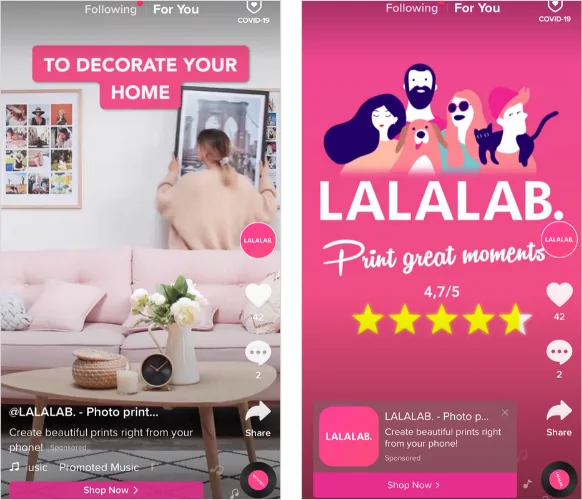
Algorithm Matching
Reels are not as good as detecting your interests. Reels are often trending content rather than your likes and follows. Instagram is working towards trying to match the current customization TikTok has, but it isn’t there yet. In comparison TikToks, provide a never-ending stream of content that’s highly attuned to your specific interests. They have a customized ‘For You’ feed of videos that you’ll likely be interested in and have become very good at quickly aligning with your interests. When opening a new account they even ask for you to select your interests and try to align content as close to the ones selected. Once you start using the platform that content starts aligning more. TikTok has a better capacity and better audience understanding.
Now, what is the order of elements to consider when creating a Reel vs. a TikTok? Let’s take a look.
For Reels, Instagram and Facebook take into account:
- Your activity – They look at things like which reels you’ve liked, commented on, and engaged with recently. These signals help us to understand what content might be relevant to you.
- Your history of interacting with the person who posted – Like in Explore, it’s likely the video was made by someone you’ve never heard of, but if you have interacted with them that gives us a sense of how interested you might be in what they shared.
- Information about the reel – These are signals about the content within the video such as the audio track, video understanding based on pixels and whole frames, as well as popularity.
- Information about the person who posted – We consider popularity to help find compelling content from a wide array of people and give everyone a chance to find their audience.
For TikToks take into account that the main drivers are:
- User interactions – TikTok factors in the videos you like and/or share, the accounts you follow, the comments you post, and the content you create. So, for example, if you post clips using a certain hashtag, there’s a higher chance you’ll see content with the same tag in your stream.
- Video information – This could include details like captions, specific sounds and songs, and again hashtags.
- Device and account settings – Lesser influencing factors are things like your language preference, your country setting, and your mobile device type. TikTok says that these factors are considered to deliver an optimal presentation, but they don’t get given the same weight as the previous two.
Now, are you ready to start creating your own content?
Here are some of the recommendations we have when creating these types of videos:
- Keep it short. The community loves short, entertaining videos, and creating Reels and TikToks is the best way to do this.
- Focus on optimization. Your video content should be created to be viewed vertically. This means using high-resolution, 9×16 vertical videos with no borders, where the text does not cover the majority of the screen.
- Make a good first impression. Pull the viewer in within the first few seconds and keep them interested for the duration of the video. The first three seconds are critical!
- Be consistent. Create an editorial calendar that you can stick to. You don’t have to post a video every day; just make sure you go at a pace that works for you.
- Avoid visibly recycled content: We’ve heard that our community wants to see videos that are uniquely made for the social media channel you are posting to. This is what they find the most entertaining and inspiring. Avoid posting videos that are visibly recycled from other apps (i.e. contain watermarks).
- Consider the material. We avoid recommending videos that focus on potentially sensitive content, as well as content that is overly promotional or too commercial.
In the end, which is better Reels or TikToks? It is up to you depending on your business goals and audience. One last thing to consider is that you should be creating them if you want to appear to a new audience and generate engagement for your brand.
We hope you get started on using Reels and TikToks today for your brand, but if you need additional help with your social media, you can always Contact Us at Tomo360 for a consultation!
